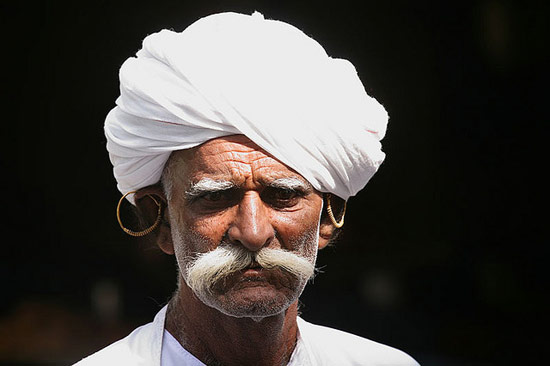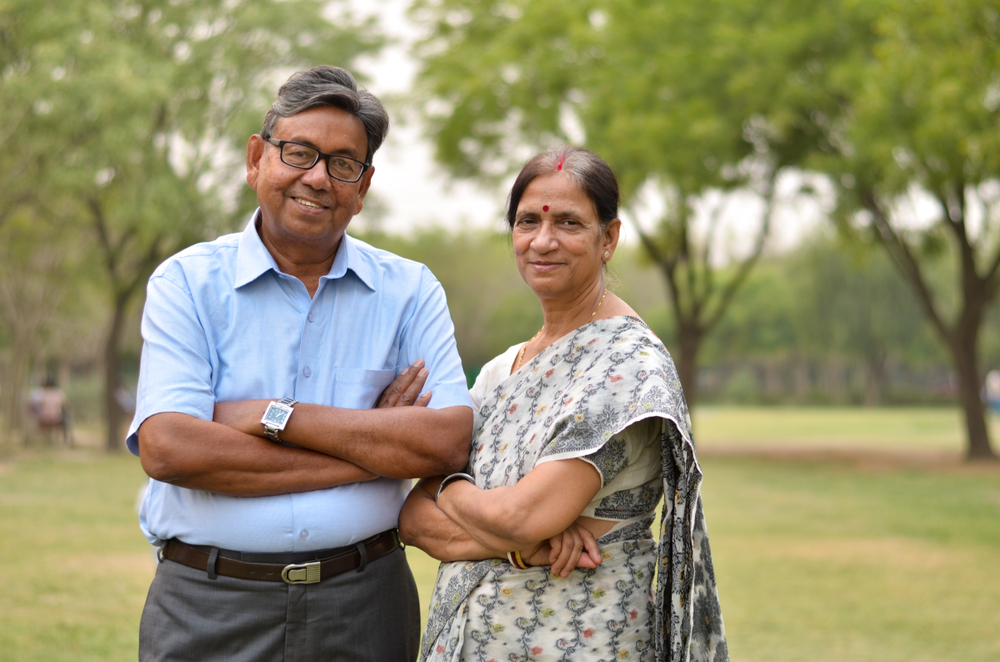Life Stages: Old Age
Traditional Hindu culture propounds the concept of the four Ashramas or the stages of life, which are Brahmacharya (student), Grihastha (householder), Vanaprastha (anchorite), and Sannyasa (renunciate). At the end of a productive life, old people, mostly men, were expected to retire into the forest to seek Moksha (liberation) from the cycle of rebirth.
Modern Realities
Today, however, people retire anywhere from the ages of 55 to 60 years and enter the society of "senior citizens," to reap various benefits provided by the central and state governments including tax exemptions, higher interest for bank deposits, and reduced travel fare in railways and government airlines. Many old people continue to work in their 60s and beyond, mostly in the rural areas.
India’s huge population remains rather young with two-thirds below the age of 30. Traditionally, old people were highly respected and wielded considerable authority in joint families. In many families, grandparents still live with their children. However, an increasing number of grownup children, especially in urban areas, tend to put their old parents into old-age homes.
Cultural Practices
Generally, the eldest son (the youngest son in some communities) looks after his parents and provides for their health-care needs. Many old people who can afford it live by themselves attended by trained home nurses.
Children (mainly sons) generally make decisions on behalf of the very elderly in India. Patriarchs not uncommonly retain their faculties to a very old age and make their own decisions in many parts of India.
Indian culture has traditionally expected children to make the last days of their parents as comfortable and happy as possible. However, many of the elderly face neglect and mental and physical abuse from their children. The Dignity Foundation of Mumbai serves as one example of the many non-governmental organizations (NGOs) striving to protect the dignity and interests of the elderly in a climate with increasing numbers of Indian senior citizens facing their old age alone.
Copyright © 1993—2024 World Trade Press. All rights reserved.

 India
India 
